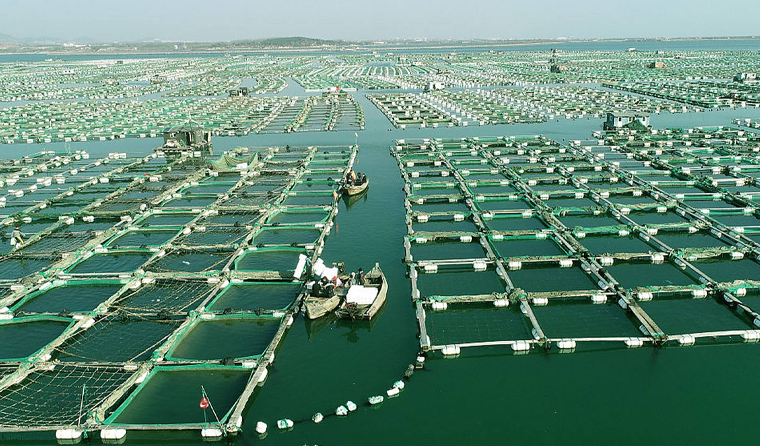Key Installation Considerations for Underwater Aquaculture Cameras
Hits: 464 Time: October 27,2025

In the process of aquaculture intelligentization, underwater cameras are key equipment for real-time monitoring of the aquaculture environment and observing the growth status of organisms. Their installation quality directly affects the monitoring effect and equipment service life. The following combs the key considerations from three dimensions: pre-installation preparation, core operation points, and post-installation protection.
-
Survey the aquaculture water environment, clarify the water depth, water flow speed, water turbidity and bottom sediment conditions. Avoid installing in areas with too fast water flow or too much sediment to prevent equipment displacement or lens pollution.
-
Check the integrity of the camera body and accessories, confirm that the waterproof seal ring is not damaged and the cable interface is not loose. At the same time, prepare auxiliary tools such as suitable fixed brackets and waterproof junction boxes.
-
Determine the installation height according to the monitoring needs. If it is necessary to observe the biological activities under the water surface, it is recommended to install it 0.5-2 meters under the water; if it is necessary to monitor the bottom condition, it should be close to the bottom but leave a distance of 10-15 cm to avoid sediment coverage.
-
The fixed bracket must be firmly anchored. Cement bases or weight blocks can be used for fixation to ensure that it can resist the water flow impact in the aquaculture water area and prevent the equipment from shaking and causing blurred images.
-
Wiring should be completed in the waterproof junction box. First connect the camera cable to the transmission line, then wrap the interface with waterproof tape in multiple layers, and finally seal the junction box to prevent water from seeping in and causing a short circuit.
-
During the installation process, avoid the camera lens directly touching hard objects. At the same time, adjust the lens angle to ensure that the monitoring range covers the target area and there are no obstacles affecting image collection.

-
After the installation is completed, conduct a 24-hour underwater tightness test to observe whether the equipment has water seepage. At the same time, check whether the video signal transmission is stable and the image is clear.
-
Install a protective net cover outside the camera to prevent aquaculture organisms (such as fish and crustaceans) from colliding with or entangling the equipment. Especially in the cage aquaculture scenario, ensure that the mesh size of the net cover does not affect the lens field of view.
-
Record the equipment installation position, depth and wiring direction to facilitate quick positioning during later maintenance. At the same time, formulate a regular cleaning plan to prevent algae and dirt from adhering to the lens and affecting the monitoring effect.
For more information about underwater aquaculture camera, please visit the homepage.

